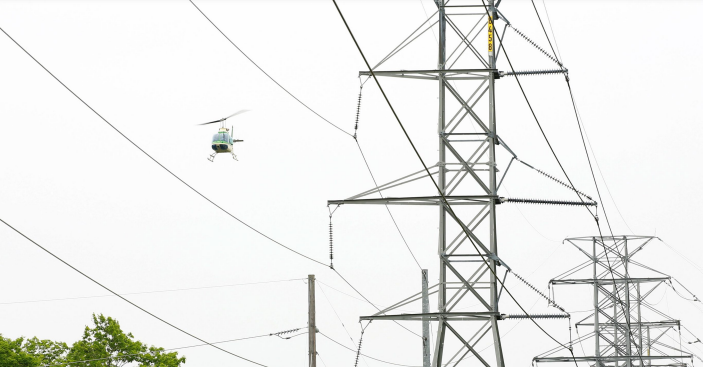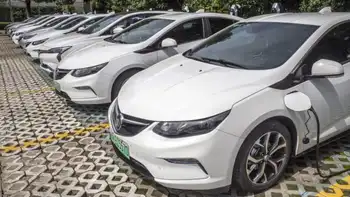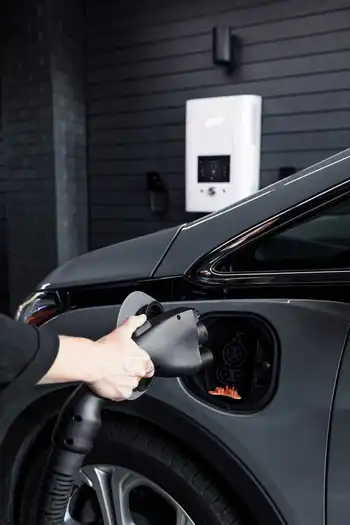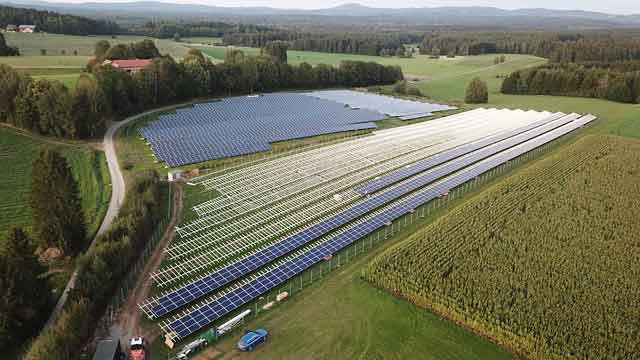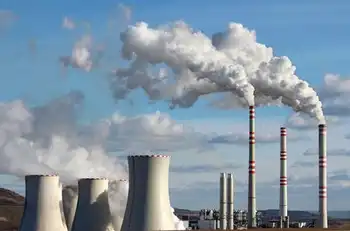Leaders set to sign watered-down eco deal
By Toronto Star
Substation Relay Protection Training
Our customized live online or in‑person group training can be delivered to your staff at your location.

- Live Online
- 12 hours Instructor-led
- Group Training Available
Just hours out from a deadline for the United Nations climate-change talks, developed nations have kicked in cash and the developing world has lowered its expectations as 119 heads of state and government land in the Danish capital in an effort to conclude an agreement.
But the money that has been requested by the poorest from the wealthiest appears set to fall short, and the pledged emissions cuts are set to disappoint the most ambitious nations.
Indeed, the targeted reductions would bring about an increase in global temperatures of 3 degrees Celsius, according to leaked UN documents that emerged in Copenhagen.
A panel of UN scientists has warned that an increase of more than 2 degrees will lead to water shortages, flooding, rising sea levels, extreme weather events and the spread of tropical disease.
Negotiators were busy cutting deals after the U.S. broke a two-week logjam with the promise to contribute to $100 billion to help the poorest nations adapt to climate change and cut their emissions by 2020.
The pragmatists called the move a "game-changer." The voice of the developing world, Sudanese negotiator Lumumba Di-Aping, said it was "insufficient."
"We need more money. We need to equally ask: ‘Where is the rest?’"
U.S. Secretary of State Hillary Clinton said the financing commitment is contingent on China submitting its actions to reduce emissions to verification by international monitors.
Neither the U.S. nor China raised their commitments on emissions. Clinton repeated the U.S. would cut emissions by 17 per cent from 2005 levels by 2020, and China said its voluntary emissions target was non-negotiable. It announced last month it would cut its "carbon intensity," or the amount of emissions in relation to production, by 40 to 45 per cent.
Yet to be decided was how the huge sums of money flowing from rich to poor countries would be handled, and whether a new multinational body should be created to distribute the funds.
So the push continues into the final hours of this historic meeting for nations to put their best offers on the table in order to get moving on the task of tackling climate change, which may start not with one global leap but with 193 small steps.
"Now is the time to act. The verdict of history will not save those who have failed with their responsibilities in this moment," said Brazilian President Luiz Inacio Lula da Silva. He was accompanied by French President Nicolas Sarkozy, who has taken a lead to encourage greater emissions cuts and raise billions of dollars for poor nations through airline, shipping and financial transaction taxes.
"The elements of a compromise are already well known," Sarkozy said. "Not a single one of us will succeed if we do not live up to the historic responsibility of Copenhagen."
The conference is working to reach an agreement that could be refined into a legal accord next year on limiting greenhouse gas emissions and fighting climate change.
In between the extremes of rich and poor nations, deals were being cut late into the night.
Grenada's Dessima Williams, a spokesperson for the Alliance of Small Island States, said the negotiating bloc was not likely to achieve its demand for a limit in temperature rise to 1.5 degrees, but the final accord would be flexible enough to deal with the issue at a later date.
But the essentials of the pact will come down to an understanding between Washington and Beijing.
On November 17, U.S. President Barack Obama and China's President Hu Jintao agreed in Beijing to work on a climate deal that will "provide for full transparency" on emissions reductions. Now China appears reluctant to submit to a monitoring regime and Clinton implied the world's No. 2 economic power was going back on its word.
Developing countries insist Kyoto be renewed and extended while a new pact is drawn up to include the U.S. and others. The U.S. does not want its emissions targets to be binding in an international treaty.







